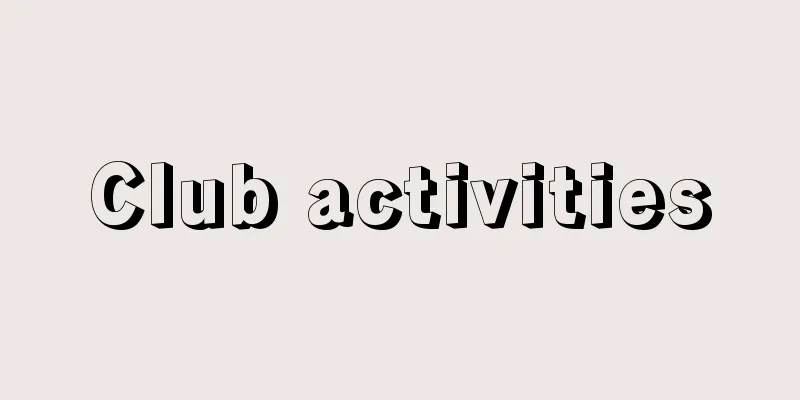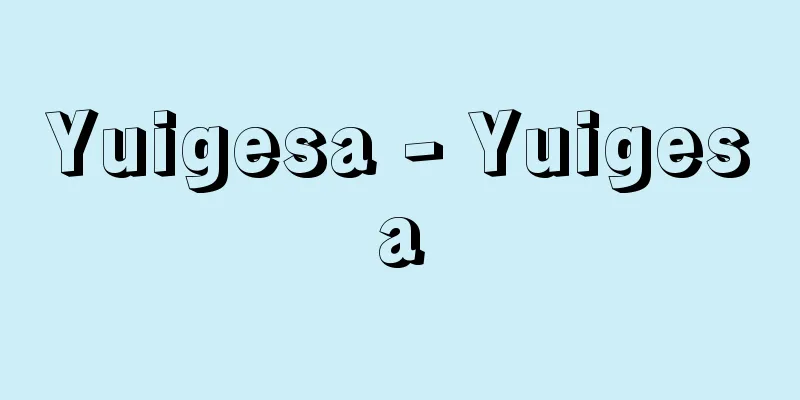Club activities

|
These are hobby and recreational activities that children and students undertake collectively based on their shared interests and concerns, regardless of their grade or class affiliation. They consist of cultural activities, physical education activities, and arts and crafts activities. In schools, in order to help children acquire healthy hobbies and a rich culture, and to help them develop an attitude of making good use of their leisure time, they have been positioned as club activities within the extracurricular activities in the curriculum, and have traditionally been conducted 35 weeks a year. Therefore, in the past, in elementary school, the general rule was that all students from the 4th grade onwards were required to belong to a club and participate in activities independently, but with the review of extracurricular activities in the curriculum, club activities in junior and senior high schools were abolished in the 1998 revision of the Course of Study. In higher education institutions such as universities, club activities are considered to be activities outside the curriculum, but even in elementary, junior high, and high schools, club activities that feature a player system and daily intense practice are also positioned outside the curriculum, especially as club activities. Club activities have traditionally been widely held after school as educational activities with almost the same characteristics and significance as club activities, but the 1989 revision of the curriculum guidelines made it possible to flexibly change participation in club activities to club activity credits, and in response, many schools have taken measures to substitute club activities for club activities. In addition to the movement to shift club activities to social physical education, some students have become active in participating in local youth organizations and sports clubs. In light of this situation, the 1998 revision introduced a five-day week system and created time for "integrated learning," and club activities in junior high and high schools were abolished. In elementary schools, each school will allocate an appropriate number of class hours so that they can plan and implement classes based on the interests and concerns of the students, taking into account the circumstances of the school and the local area. Furthermore, with the holding of national championships for various sports, there has long been criticism of the excessive training required for these competitions and the athlete-centered club activities, and concerns cannot be denied that the shift from club activities to club activities will only exacerbate this tendency. [Jiro Inoue and Tetsuo Shimomura] "Sports (Club Activities)" edited by Imabashi Morikatsu et al. (1988, Kusado Bunka)" ▽ "Seniors are scary! -- The new class system spreading among junior high school students" edited by Hosaka Nobuto (1989, Lyonsha)" ▽ "Sports Club Activities Today" edited by Shiromaru Akio and Mizuuchi Hiroshi (1991, Aoki Shoten)" ▽ "Special Activities and Human Development" edited by Yamaguchi Mitsuru (2001, Gakubunsha) New Edition" [Reference items] | | |Source: Shogakukan Encyclopedia Nipponica About Encyclopedia Nipponica Information | Legend |
|
児童・生徒が、学年や学級の所属を離れ、共通の興味や関心に基づいて集団的に行う趣味的、レクリエーション的活動で、文化的な活動、体育的な活動、工芸的な活動からなる。学校では、児童・生徒が健全な趣味や豊かな教養を身につけ、余暇を善用する態度を育てるのを援助する目的で、それを教育課程のうえでは特別活動のなかのクラブ活動に位置づけ、従来年間35週にわたって実施するものとしてきた。したがって、これまで小学校の第4学年以上では、全員をいずれかのクラブに所属させて、自主的に活動させるのが原則であったが、教育課程における特別活動の見直しに伴い、1998年(平成10)の学習指導要領の改訂で中・高等学校のクラブ活動は廃止された。 大学などの高等教育機関では、クラブ活動は教育課程外の活動とみなされているが、小・中・高等学校においても、選手制度と毎日の猛練習を特色とするようなクラブ活動は、とくに部活動として、同様に教育課程外に位置づけている。部活動は、クラブ活動とほぼ同じ特質や意義をもつ教育活動として、放課後などに従来から広く行われてきたが、1989年(平成1)の学習指導要領の改訂で、部活動への参加をもってクラブ活動の履修にかえることができるという指導の弾力化が図られ、これを受けて多くの学校では部活動によるクラブ活動の代替措置がなされてきた。また、部活動を社会体育に移行させる動きに加え、地域の青少年団体やスポーツクラブなどに参加して活躍する者も出てきた。こうした状況をふまえて、98年(平成10)の改訂では、完全週5日制の導入、「総合的な学習」の時間創設に伴い、中・高等学校でのクラブ活動は廃止されることとなった。小学校では、学校や地域の実情などを考慮しつつ、児童の興味・関心をふまえて計画、実施できるよう、各学校において適切な授業時間数をあてることとなった。 なお、各種競技の全国大会の開催に伴い、そのための練習の過熱、選手本位の部活動についてはかねて批判があり、クラブ活動から部活動への移行がこうした傾向にいっそう拍車をかけはしないかという懸念も否定できない。 [井上治郎・下村哲夫] 『今橋盛勝ほか編著『スポーツ(部活)』(1988・草土文化)』▽『保坂展人編『先輩が怖い!――中学生に広がる新・身分制度』(1989・リヨン社)』▽『城丸章夫・水内宏編『スポーツ部活はいま』(1991・青木書店)』▽『山口満編著『特別活動と人間形成』新版(2001・学文社)』 [参照項目] | | |出典 小学館 日本大百科全書(ニッポニカ)日本大百科全書(ニッポニカ)について 情報 | 凡例 |
<<: Storehouse Magistrate - Club Magistrate
Recommend
blackfin tuna
...In Japan, tuna usually refers to a large macke...
Sugarcane - Sweet potato
…Also known as kansho (sugar cane; commonly read ...
Fernando I
1380‐1416 The first king of the Aragonese dynasty ...
Orthodoxy
…The word comes from the Greek word hairesis, mea...
Kushasura Pawan - Kushasura Pawan
…the title of a governor of a province in the Per...
Ishikawa Isthmus
...At its narrowest point, it is just under 4km w...
eirōneia (English spelling) eironeia
…The word originates from the Greek word eirōneia...
Alternate messenger - Koutaishi
〘Noun〙 Under the Ritsuryo system, when a local off...
Clement, J.
…First, around 1790, H. Maudsley of England spent...
Hybrid reactor - Hybrid reactor
A fusion reactor has a blanket around the super-ho...
Western Affairs - Seiyo Jijo
This is a masterpiece by Fukuzawa Yukichi that in...
Jean I Androuet du Cerceau
...His eldest son, Baptiste Androuet du Cerceau (...
Yoshikiyo Murakami
Year of death: Tensho 1.1.1 (1573.2.3) Year of bir...
Barim
...The western coast is bordered by Eritrea and D...
Kisei [town] - Kisei
An old town in Watarai County in the central south...









